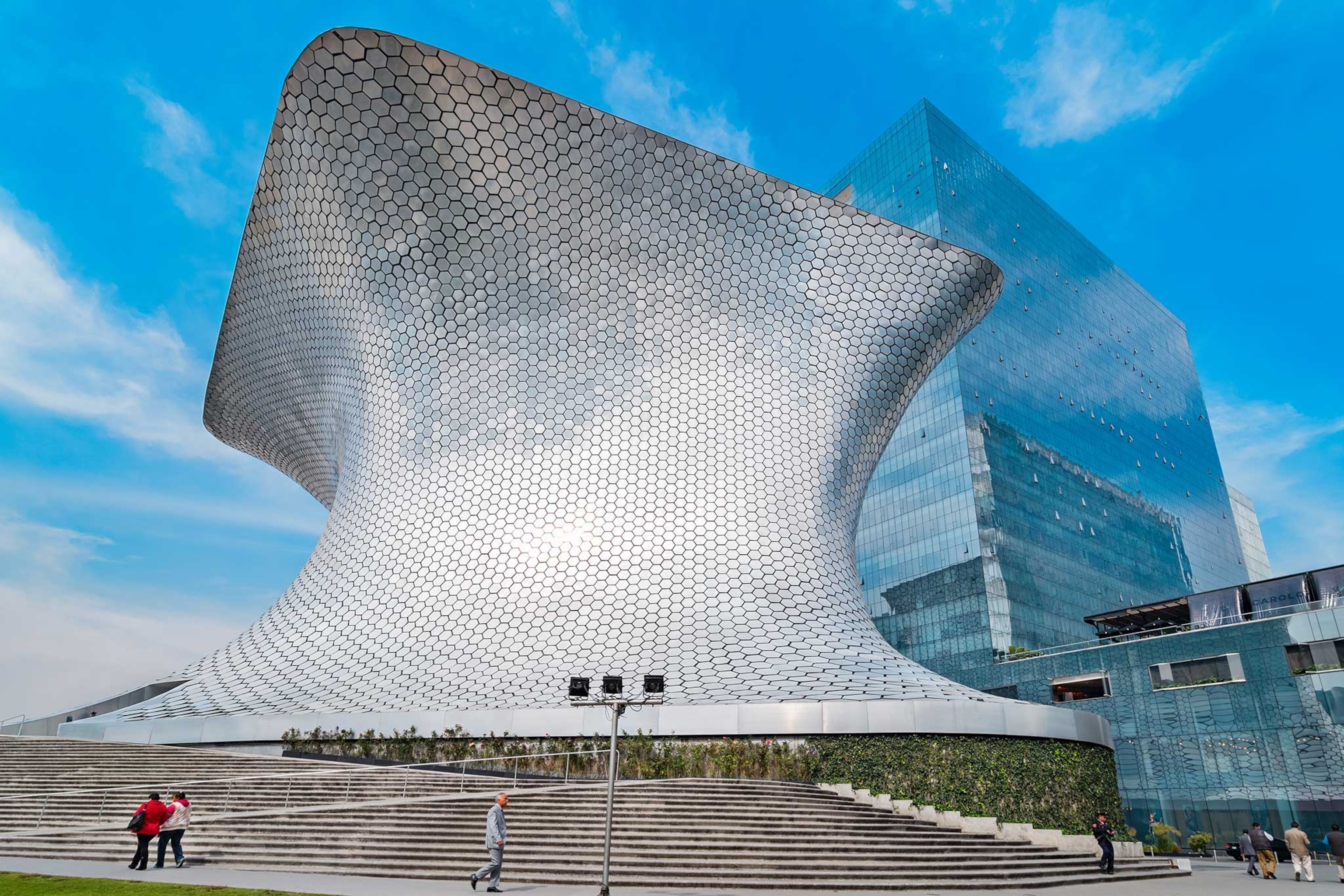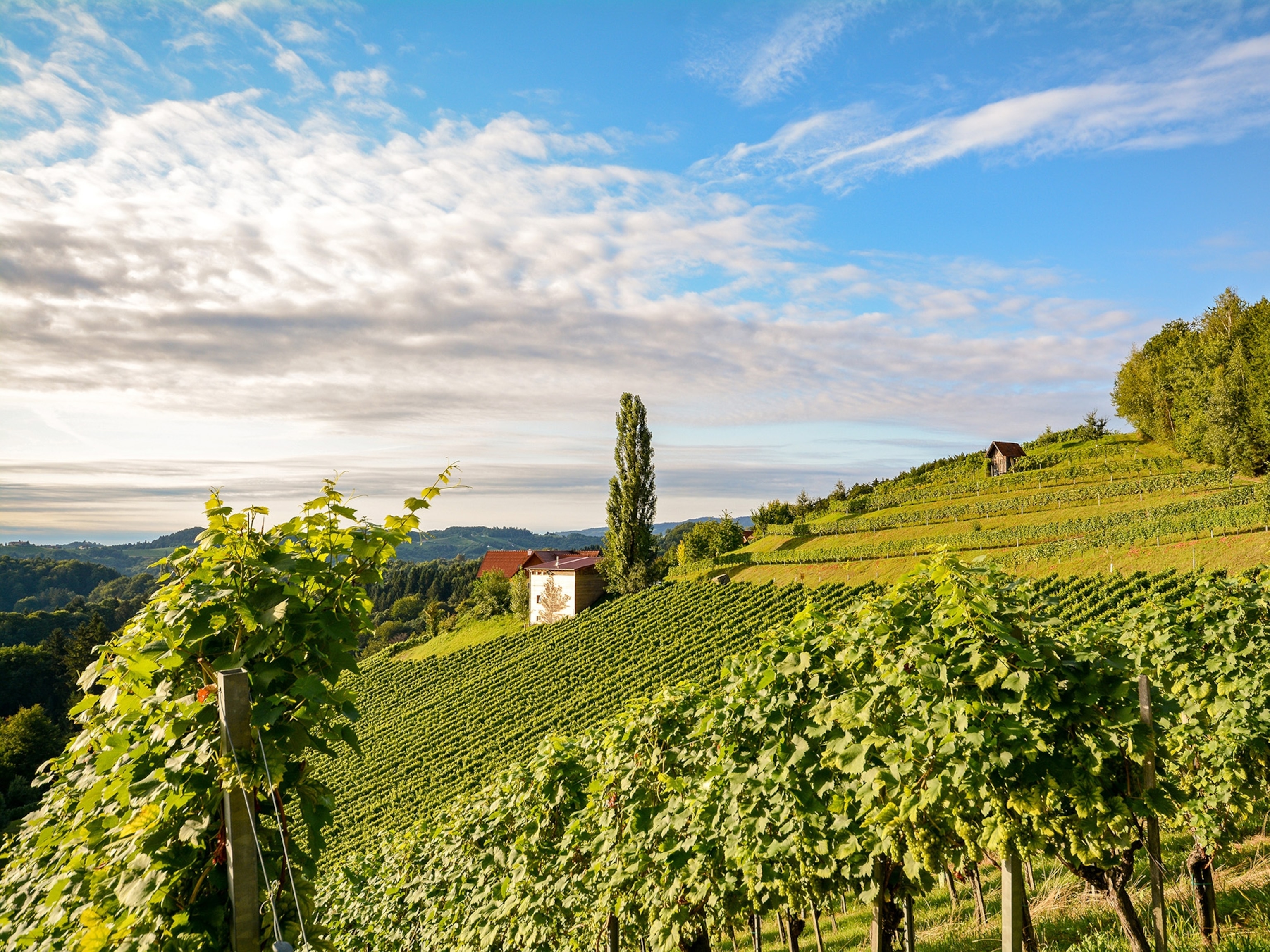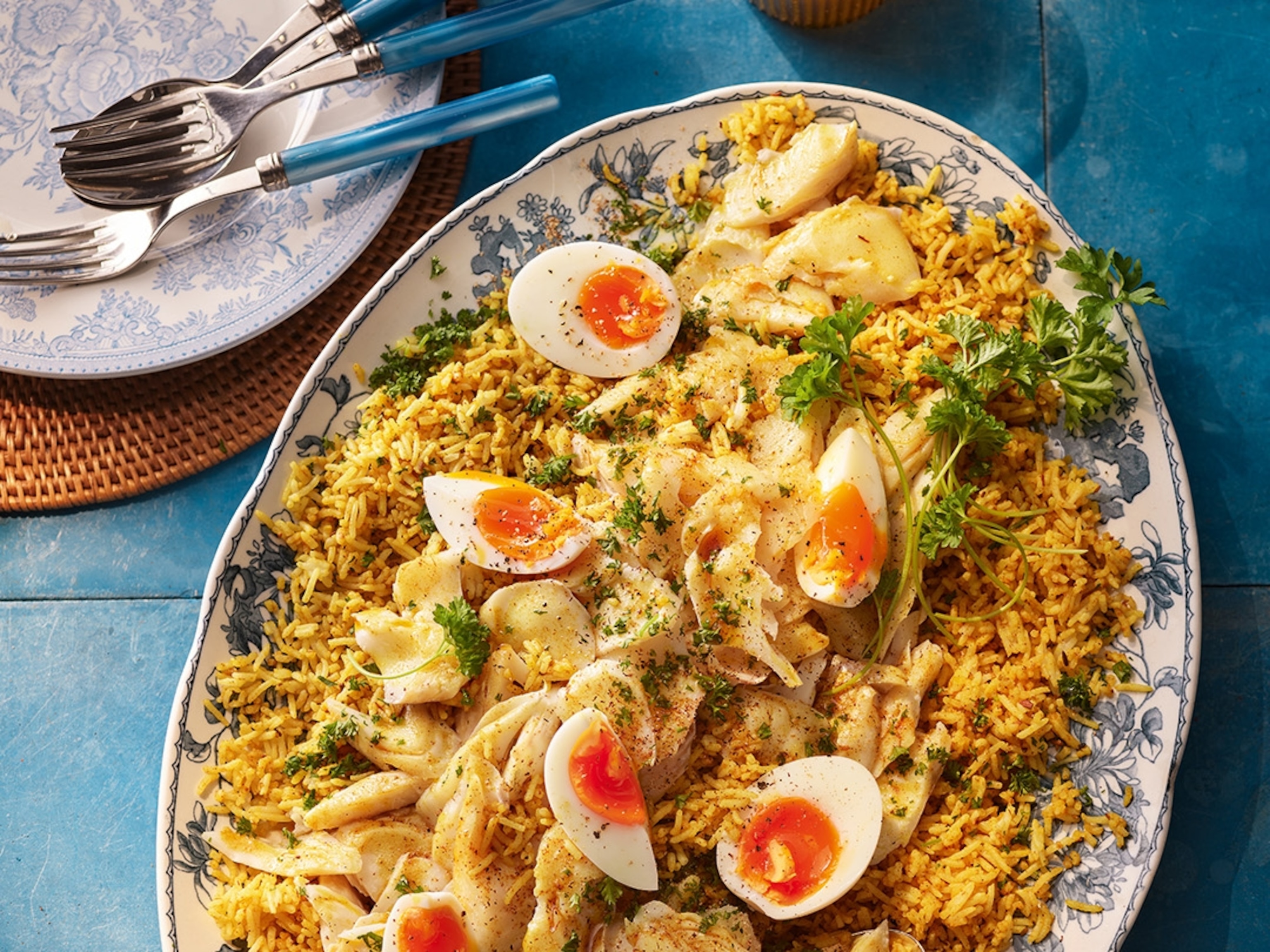
Everything to Know About Mexico City
Here's how to plan the best possible trip to Mexico's capital.
Vibrant, elegant, and chill are appropriate descriptors for the largest city in North America. The pulse of Mexico City's more than 75 neighborhoods, and the storybook Chapultepec forest at its center, reflect a shifting landscape built by the Aztecs, influenced by the Spanish and French, and informed by its own storied revolution. This city beats to the twin hearts of commerce and creativity.
When to Go
As a global financial and cultural hub, there’s never a wrong time to visit Mexico City. Spring and fall are lovely—March and November are ideal—and if you want fewer tourists, avoid major holidays like Christmas and Easter. The hottest month is May, when temps top out in the 80s, and rainy season lasts June through September. Flights from the United States are accessible year-round, but hotels will be cheapest after Easter and through mid-December.
Celebrate
If the recent human-caused “seismic event” in Mexico City prompted by Mexico’s early win over Germany in the 2018 World Cup is anything to go by, these locals know how to party. March’s two-week-long Festival de Mexico en el Centro Historico brings a must-see cultural program to downtown, with proceeds going to the area’s restoration. On September 16, Mexico’s Independence Day, more than half a million people gather in El Zócalo, the main square outside Palacio Nacional, to hear the president deliver the famous El Grito de la Independencia (Cry of Independence) commemorating Mexico’s freedom from Spain.
What to Eat
The flavor profile of Mexico City is unique, ancient, and uncompromising. You will remember this place for its tastes alone. Begin the day with spicy chilaquiles and eggs, a concha pastry, or licuado smoothie. Then hit the streets, where the vendor scene rivals the best of Asia. Try the local pambazo—Mexico City's version of the torta sandwich, with bread soaked in guajillo chili sauce—and tlacoyos, a loaded blue-corn tortilla topped with nopales (cactus) and cheese. Save room for camote, a sweet potato dish served piping hot with condensed milk and jam. Buen provecho!
Souvenir to Take Home
Markets like La Ciudadela, in Centro Histórico, are the place to buy traditional Mexican artisanry, especially if your itinerary doesn’t allow time to collect textiles from nearby Oaxaca, talavera pottery from Puebla, or silver from the famed jewelry producers of Guerrero. Antiques abound at La Langunilla on Sunday, and at Mercado Coyoacan, you can work in a visit to the Frida Kahlo Museum after picking up your Mexican coffee beans and favorite mole paste—quite easily two of the best souvenirs.
- National Geographic Expeditions
Sustainable Travel Tip
In a city that’s larger than New York and represents just under 25 percent of Mexico’s GDP, pollution control is a hot topic. Since 2005, government officials have launched a series of sustainable initiatives aimed at greening the city through its public transit channels. Do your part by taking the city’s inexpensive underground subway (STR) or above-ground Metrobús system when exploring. Travel from the northern edge to the southern tip for about a quarter.
Instagram-Worthy View
For the perfect selfie backdrop, it’s a tale of two museums. The Palacio de Bellas Artes anchors historic downtown with its dramatic façade of white Carrara marble—a morph of Neoclassical, Art Deco, and Art Nouveau styles. At night, its crystal rooftops are illuminated. Across town, in the affluent Nuevo Polanco district, the Museo Soumaya’s geometric, aluminum-clad form echoes the organic influence of Frank Gehry. This private collection of 66,000 works extending from Mesoamerica to modern day was founded, relocated, and housed at the expense billionaire Carlos Slim, who’s also made admission free.





